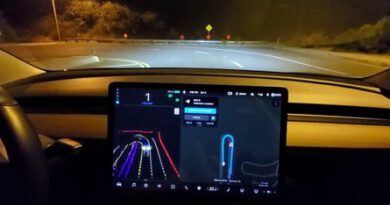What does the Californian Robotaxi Approval Mean?
With the California Public Utility Commission (CPUC) ruling giving Waymo and Cruise permission to officially begin driverless robotaxi service throughout San Francisco, it’s time to ltalk about what exactly that means.
First of all, Waymo and Cruise are now allowed to operate robotaxis throughout the San Francisco metropolitan area 24 hours a day, 7 days a week with no restrictions on passengers. They are also allowed to collect cartage for doing so. The vehicles are allowed to operate with passengers both with and without a safety driver. This differs from the previous test operation, which had time and geographic restrictions, and also had to be unpaid.
With the decision, Waymo is also allowed to operate both driverless and with security drivers and passengers in and around Mountain View and parts of Los Angeles. Here, however, still without being allowed to charge driver money.
The detailed resolution for Waymo is here, and the one for Cruise is here.
Goals that the CPUC set with the permit resolution are
Protect passenger safety;
Expand the benefits of AV technologies to all Californians, including people with disabilities;
Improve transportation options for all, particularly for disadvantaged communities and low-income communities;
Reduce greenhouse gas emissions, criteria air pollutants, and toxic air contaminants, particularly in disadvantaged communities.
Also, in the event of an emergency, emergency responders may manually drive Waymo (Jaguar iPace) and Cruise (Chevrolet Bolt) robotaxis, which are still equipped with steering wheels, out of an emergency zone. Waymo is allowed to travel at speeds of up to 65 miles per hour (104km/h), Cruise up to 35 miles per hour (56km/h).
Both Waymo and Cruise are working to bring new types of vehicles to the roads without steering wheels. Cruise has the Cruise Origin, Waymo has Zeekr’s vehicle. But a maximum of 5,000 of these are allowed on the roads in a self-certification process without first getting adjustments from the U.S. government to laws and regulations as mandated by NHTSA. GM, Cruise’s parent company, and Waymo are working with Congress on the changes.
Both companies want to open the services to the public step by step in the coming days and weeks. Since Waymo in San Francisco alone has 100,000 interested parties on the waiting list for the service, Waymo does not want to overburden the service right away and annoy the passengers. Currently, the two manufacturers together have around 600 vehicles in operation in San Francisco, and this number is now likely to increase rapidly.
This article was also published in German.



